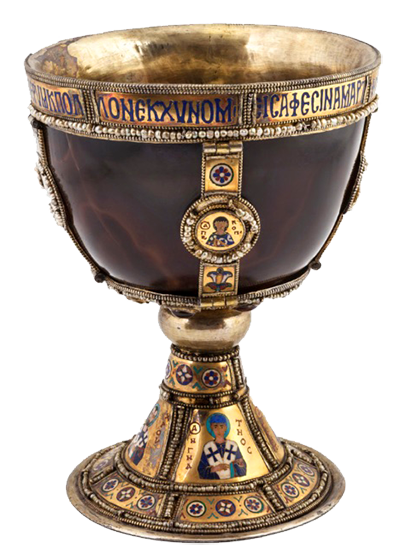
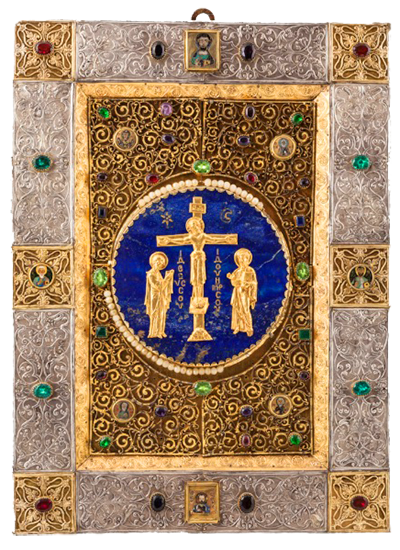
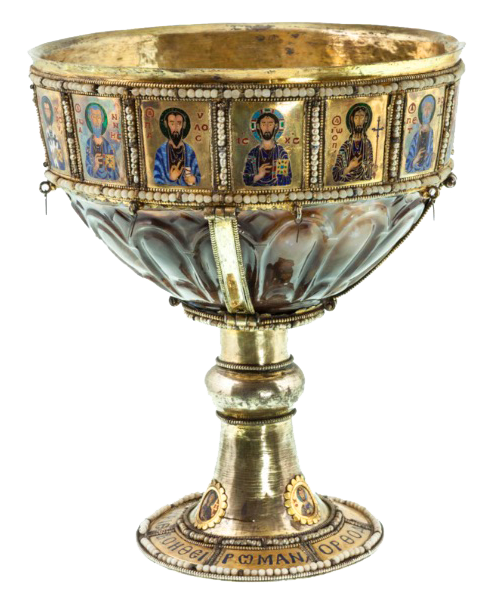
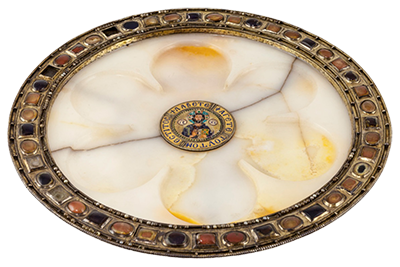
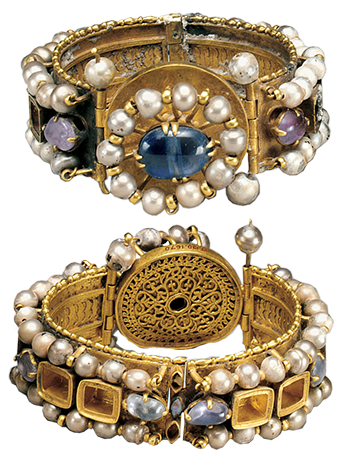
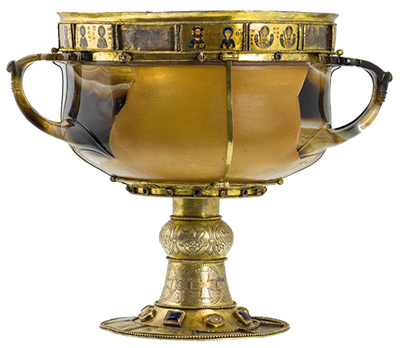
![]()
![]()
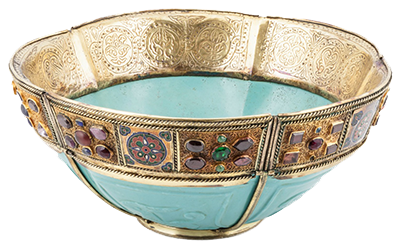
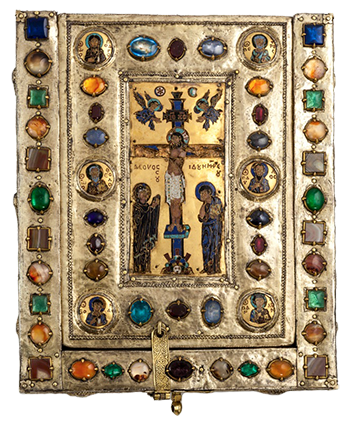

25 Images from the Daphni Monastery Church
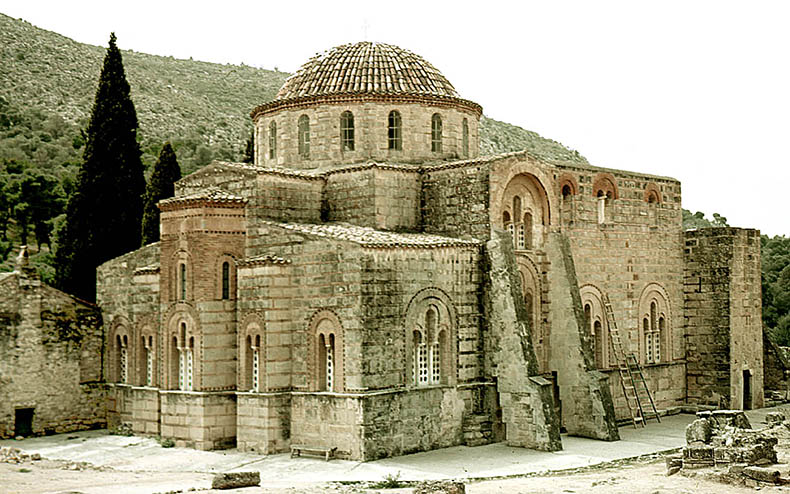
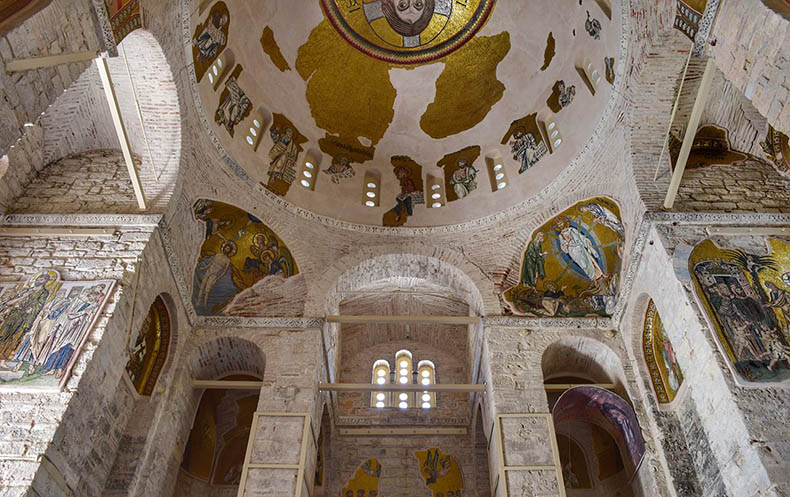 The present octagonal church probably dates from the reign of Basil II. It's big with a dome 8 meters (27ft) wide and 16.5 tall (54ft). It had a marble iconostasis. Basil took interest in Athens and this region of Greece. He visited the Our Lady of the Parthenon Panaghia Tes Athenotissas on the Acropolis in 1018 to celebrate his victories over the Bulgars. It has been reported that a fresco of Basil can be seen in the church.
The present octagonal church probably dates from the reign of Basil II. It's big with a dome 8 meters (27ft) wide and 16.5 tall (54ft). It had a marble iconostasis. Basil took interest in Athens and this region of Greece. He visited the Our Lady of the Parthenon Panaghia Tes Athenotissas on the Acropolis in 1018 to celebrate his victories over the Bulgars. It has been reported that a fresco of Basil can be seen in the church.
The church incorporates elements from an Sanctuary of Apollo that stood here until 395AD when the Goths destroyed it. The church was built within an ancient enclosure wall. Daphni is a modern name that means Laurel Grove. The church is around 7 miles from Athens.
In the centuries since it was built the church had been damaged by many earthquakes. A major earthquake - 6.7 - struck in 1889 which resulted in a major intervention in the fabric of the church (1890–1897) included the following: demolition and reconstruction of the (heavily damaged) central dome, repairs in the lower parts of the church, removal and partial replacement of mosaics that were heavily damaged. Installation of three concentric iron rings (I-beams) was carried out at the base of the drum of the dome. After, the 1894 earthquake the narthex, its collapsed groined vaults and the NE chapel were reconstructed. Between 1897 to 1907, the two stone buttresses to both sides of the north entrance of the church were constructed and metallic devices were installed around the two south masonry piers aiming to their confinement. Severe damage had been done to the mosaic of the Theotokos in the apse by water damage prior to the earthquake that did even more damage to it. Other mosaics were taken down and temporarily mounted on canvas. As part of this restoration the dome mosaic was removed, the dome repaired and the Pantokrator was put back.
The great Robin Cormack has done incredible work in studying the history of the mosaics and has proven the fact that the mosaics we see today were not changed or altered by the 1890's restoration which was complete in 1895 or 97. He has written a wonderful article on this subject "Recovering the Lost Pantokrator at Daphni", which was published in 2008 in the Journal of the Warburg and Courtauld Institutes.
More work was done to the mosaics in 1954-5. In 1954, an iron ring was installed in the external face of the upper part of the drum over the windows.
The 1999 Athens earthquake caused severe damages to the monument. Extensive cracking of arches was recorded, the N-E corner was severely damaged, and horizontal cracks appeared along the perimeter of the drum (both at its base and top). Severe damages were also recorded at the 16 pillars of the drum. Along with this damage, some mosaic cubes fell, which caused the church to be closed for restoration for more than a decade.
It seems the great Christ Pantokrator was hardly damaged because the 19th century rebuilding of the dome was so good. These pictures predate the earthquake and could be a valuable tool to comparing present day pictures with them.
In the 19th century the Daphni Monastery was used as an mental hospital! All those earthquakes - mosaic falling on their heads - what effect did it have on those poor patients? Why is it that former Byzantine and Russian churches during the communist period were used as prisons and mental wards?
The mosaics are thought to date from around 1100 during the Comnenian Dynasty. They are elegant, sophisticated and classical in style. The fingers and hands are amazingly delicate and fine - not so easy to do in mosaic cubes. The feet are also very beautiful. They used lots of white stone mosaic cubes which makes many of the figures look like classical statues. The artists used the same one-tone stone white as highlights. They paired it with three tones of brown, green or blue, for the clothes. Sometimes they added green cubes to blue-colored clothes. The blues are lapis and a tealy turquoise. The lapis cubes look like stone and the turquoise ones are glass. The gold background is composed of glass with fused gold backs. The artist has used pink to add live to the faces in a very subtle way. All the mosaic cubes look new to me, they don't have chipped corners that you would see if they were reused.
The drawing is excellent. The only discordant note is the fierce Christ Pantokrator in the dome. The eyes - which look away sternly - and the furrowed brow - are especially disturbing. The contrast with the beautiful figures in the rest of the church. In Robin's article he points out that some art critics claimed Christ's ugly look was the result of that 1890's restoration that was botched. Now Robin has proven that the entire figure of Christ in the dome is original. I think the artists who worked on it had a difficult time working with a figure on this scale with the materials at hand. The very fine - even delicate manner - they had laid the mosaic elsewhere is still to be seen in the way they laid Christ. They team must have come from Constantinople and have brought their supply of mosaic cubes with them. Raw glass was imported from Middle Eastern sources and then colorized, processed into sheets and cut into cubes in Constantinople. All the mosaic cubes in Daphni were newly produced at the time.
Returning to the style of the mosaics, either the artists were already familiar with this style through previous work they had done, or a patron has instructed them to use prototypes. There were so many churches in Constantinople decorated with mosaics you could easily find examples to copy. Another possibility is that the mosaic team had there own stencils or drawings that they traveled with.
It's also possible the monastery was an extension of some great monastic house or business enterprise in Constantinople that sent the artists and paid for the supplies.
Mosaic artists were private business enterprises, too. They had to compete for jobs to survive. Imperial patronage was very important, but most commissions in the 10-13th centuries either came from the church or private individuals. The Emperors themselves had little or no interest in artistic styles of work they paid for. These projects generally started in the Imperial bureaucracy and received their direction from highly educated and cultured court officials, who were often eunuchs. The state was always hard pressed to cover the annual expenditure required by the military and the fleet. The costs of running the court and bureaucracy were also higher priorities than art. It is obvious that you see great bursts of Imperial art patronage when the Emperor had something to be thankful for or needed to make penance for.
So, it is a shame we don't know for sure when the church was built and who ordered the mosaics. One recent study claims that it can be proven by the orientation of the church to the sun that it was built in anywhere from 1143AD - 1161AD and suggests the precise date is 1153AD. This same study claims the church was dedicated to the Dormition of the Virgin. If this is true then the mosaics could have been almost contemporary with the building of the Katholikon church. There would have been a need to let the masonry of a new church rest and dry out completely for a few years before it could be plastered and decorated.
If that is true, perhaps the mosaics have something to do with the classical Byzantine scholar and Bishop of Athens, Michael Choniates. He was archbishop of Athens from 1175 - 1204, which would make them late in the Comnenian period. He was prolific writer and never mentions them. That seems strange, if he was involved one would have expected him to say so. In his correspondence he complains about the miserable condition of Attica and Athens at the time. He had hoped his flock would be more like the ancient Greeks.
Finally, after all this speculation, it is also possible the mosaics could have been created during the reign of Basil II. There are many examples of classicising in manuscripts he, or his court, commissioned. Robin Cormack speculates that Hosias Lukas, Daphni and Torcello are by the same workshop of mosaic artists over two generations moving from on job to another, with Torcello last. That would place Daphni around 1050 or 60.
Bob Atchison
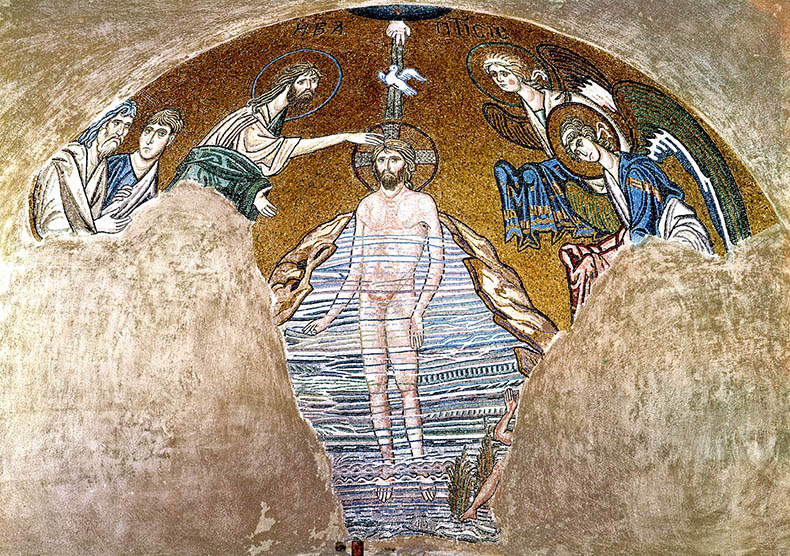
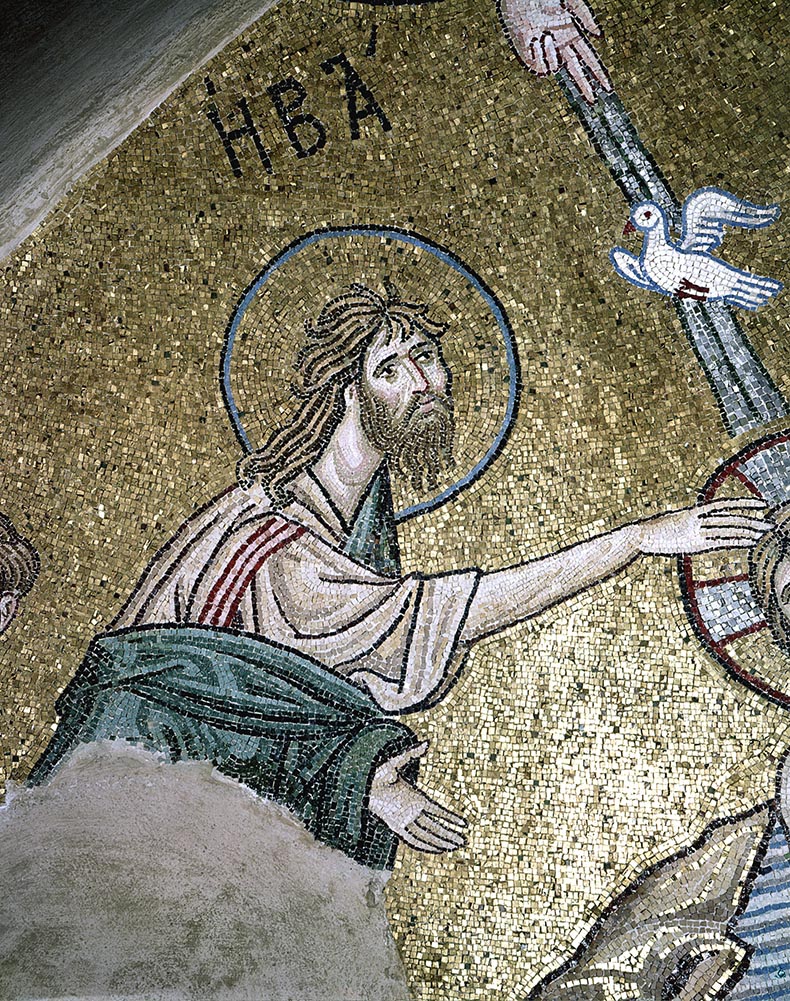
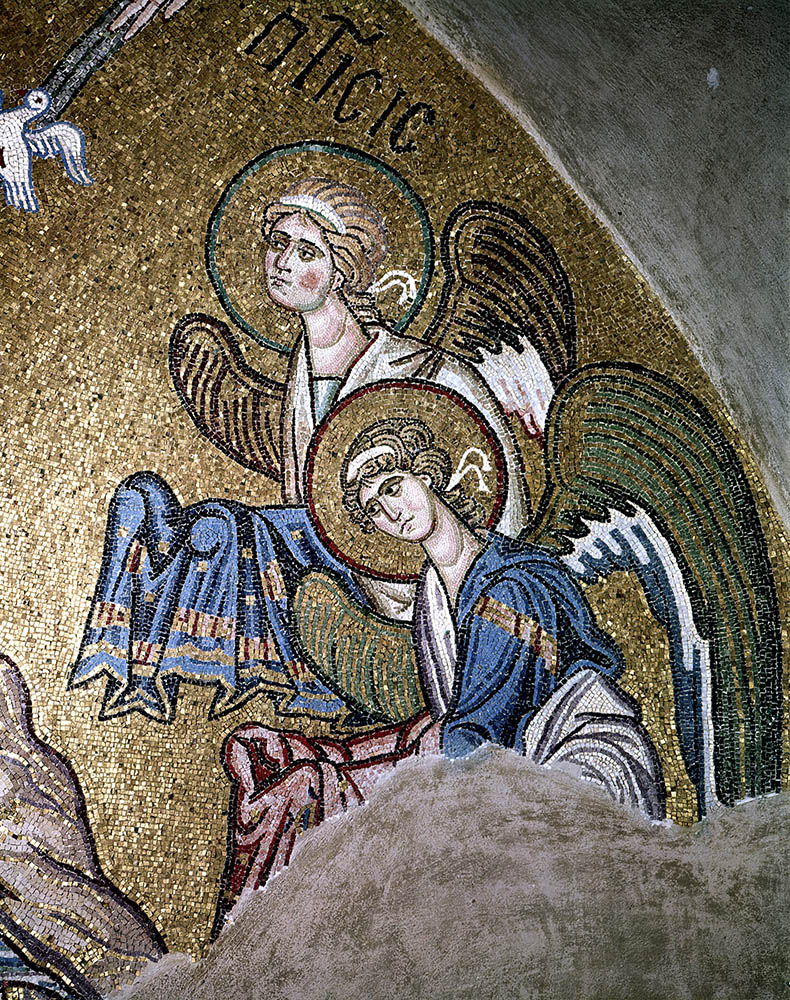
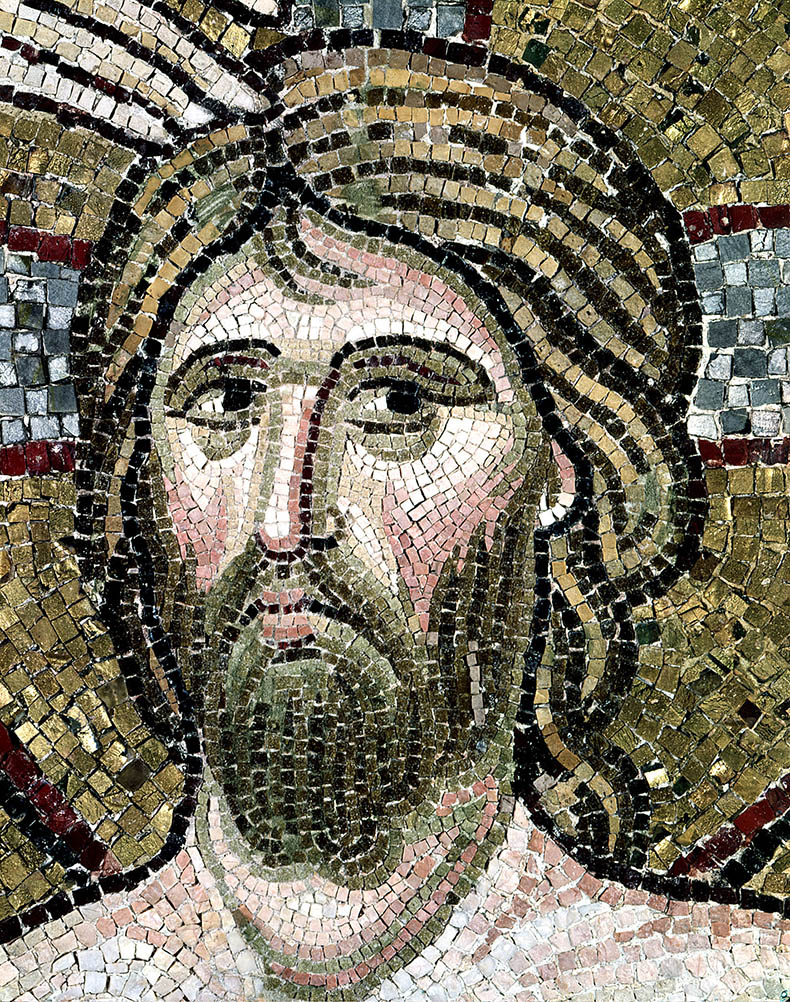
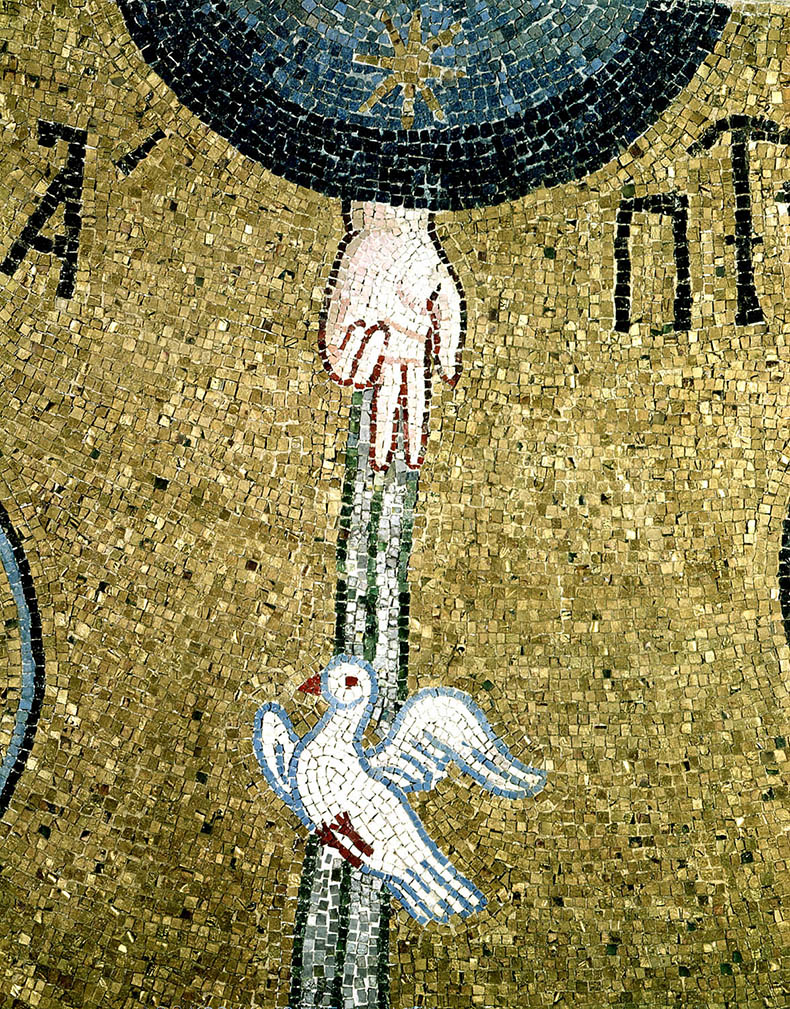
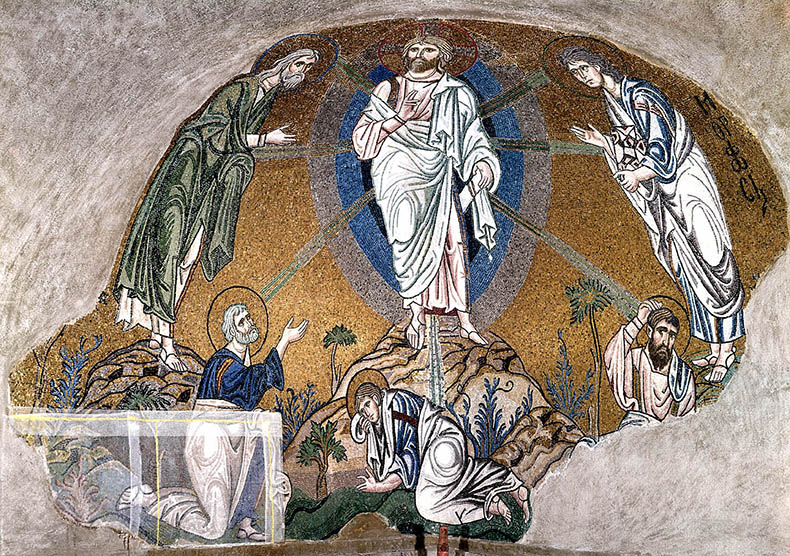
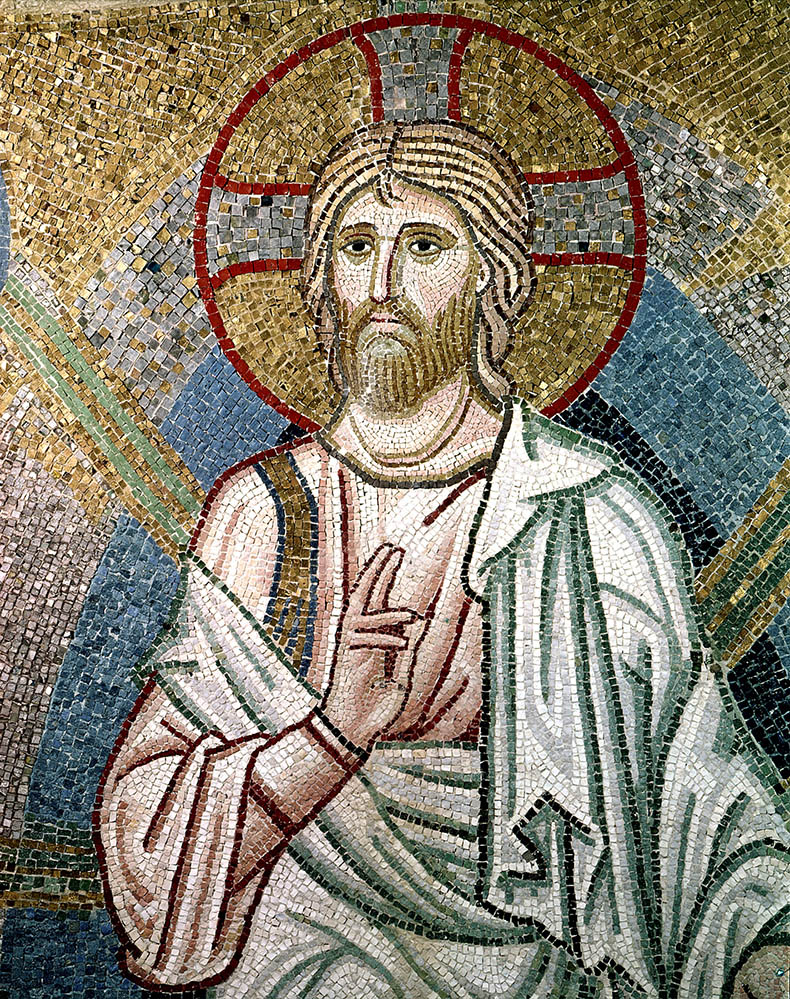
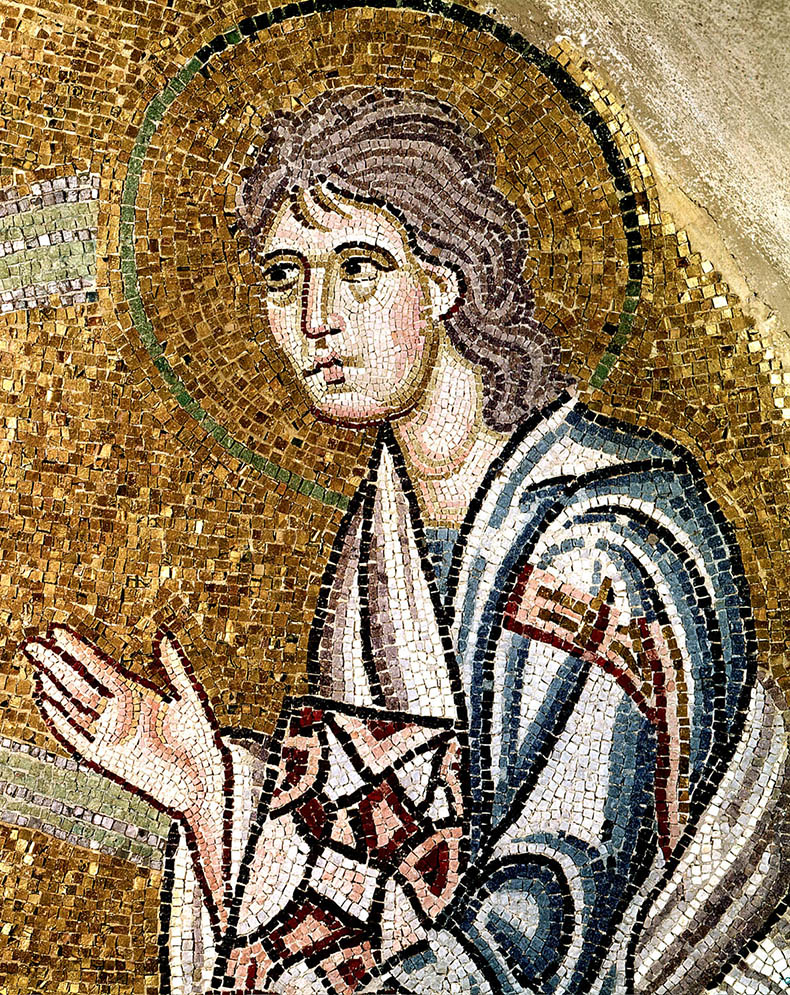
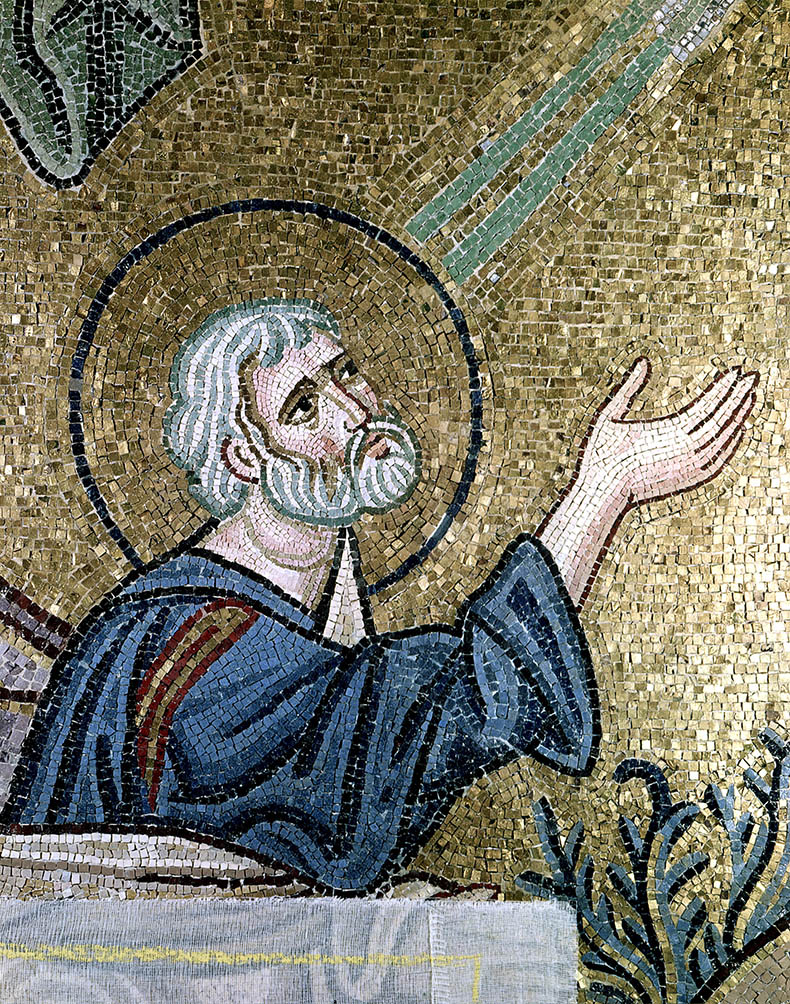
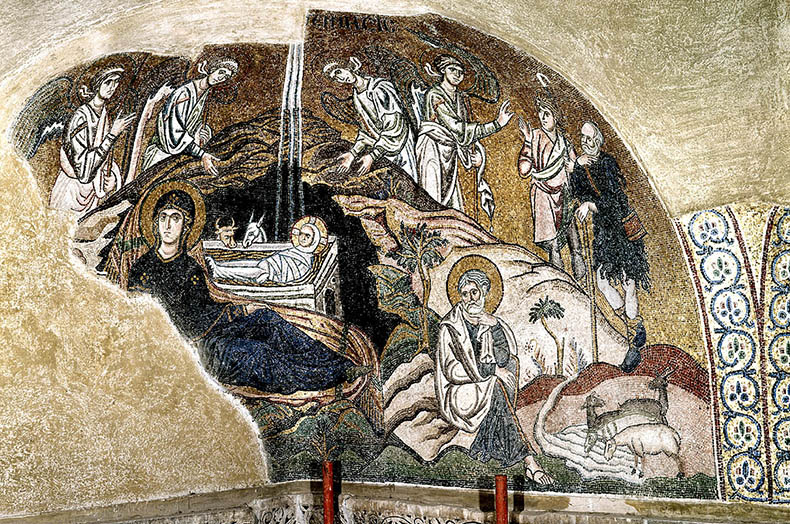
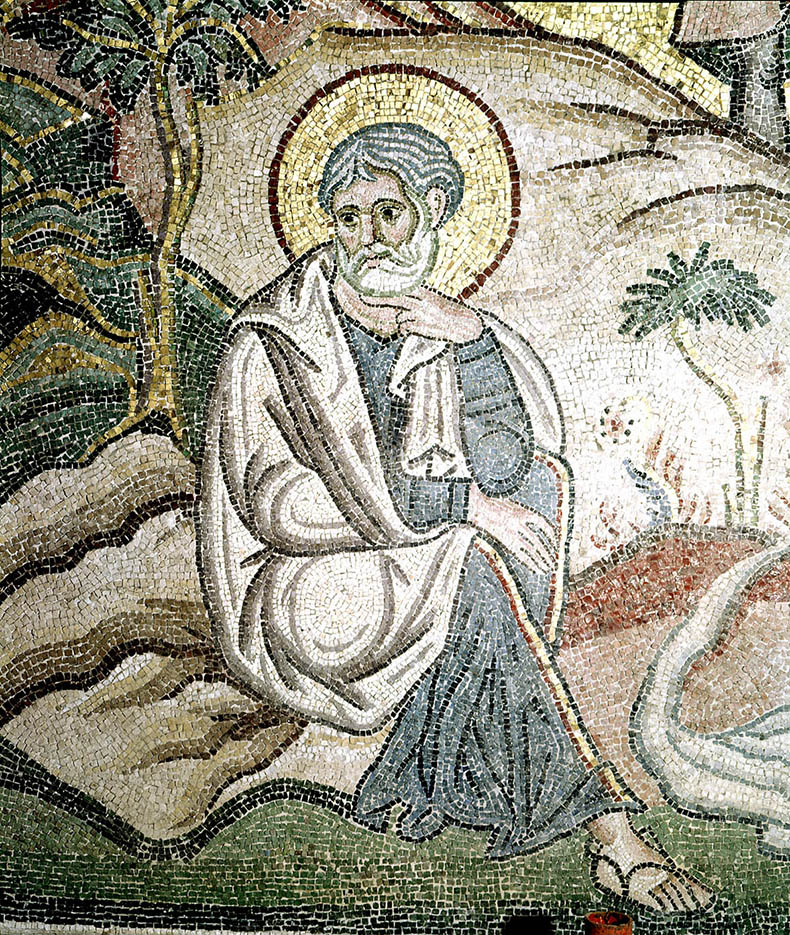
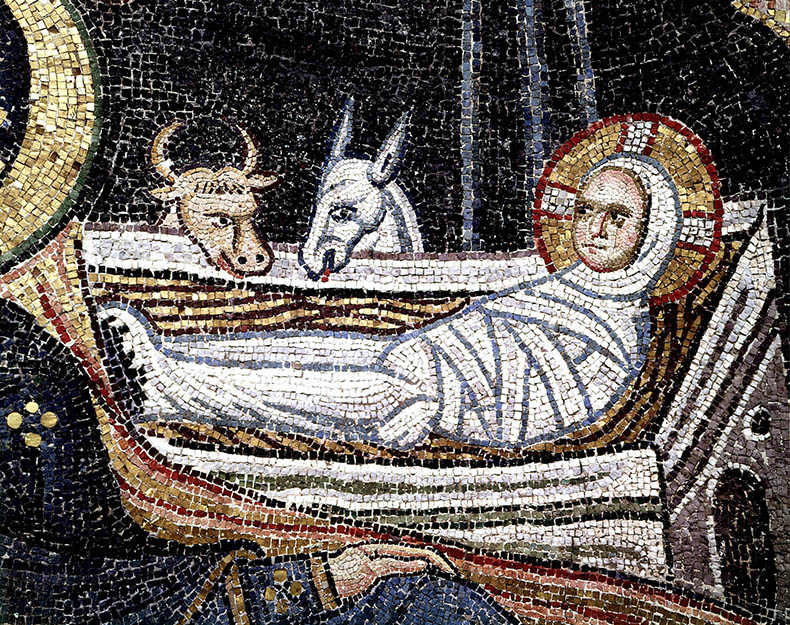
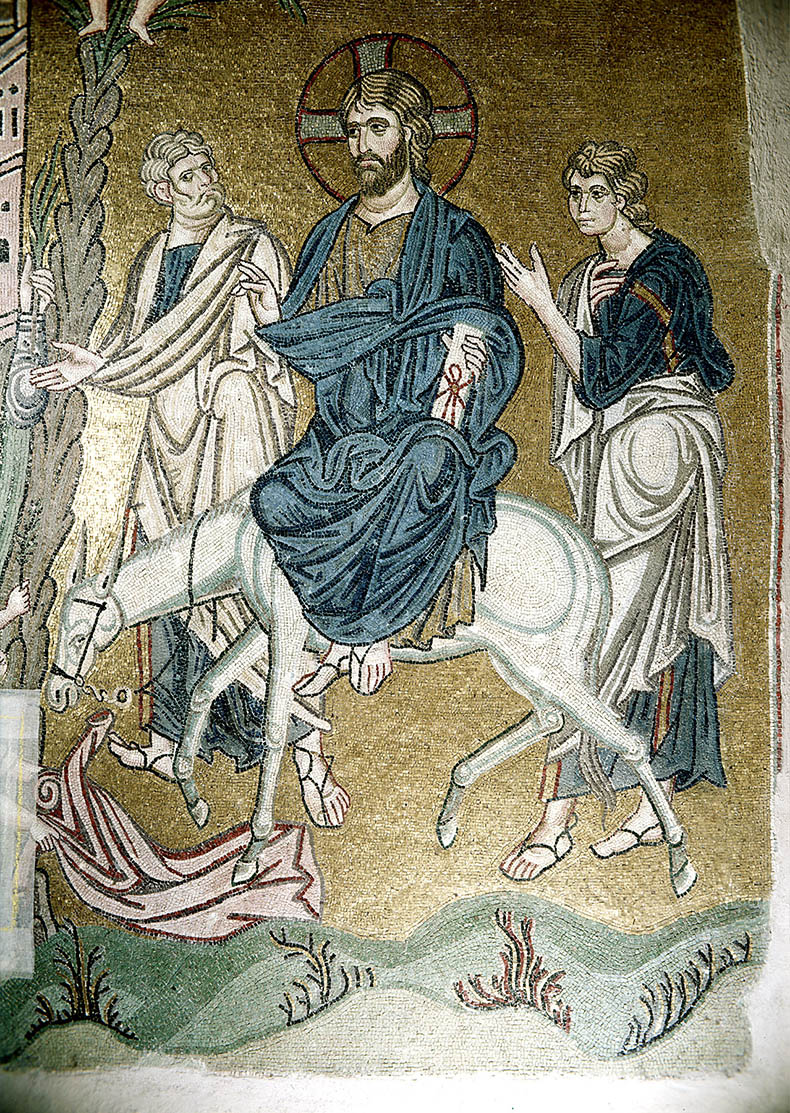
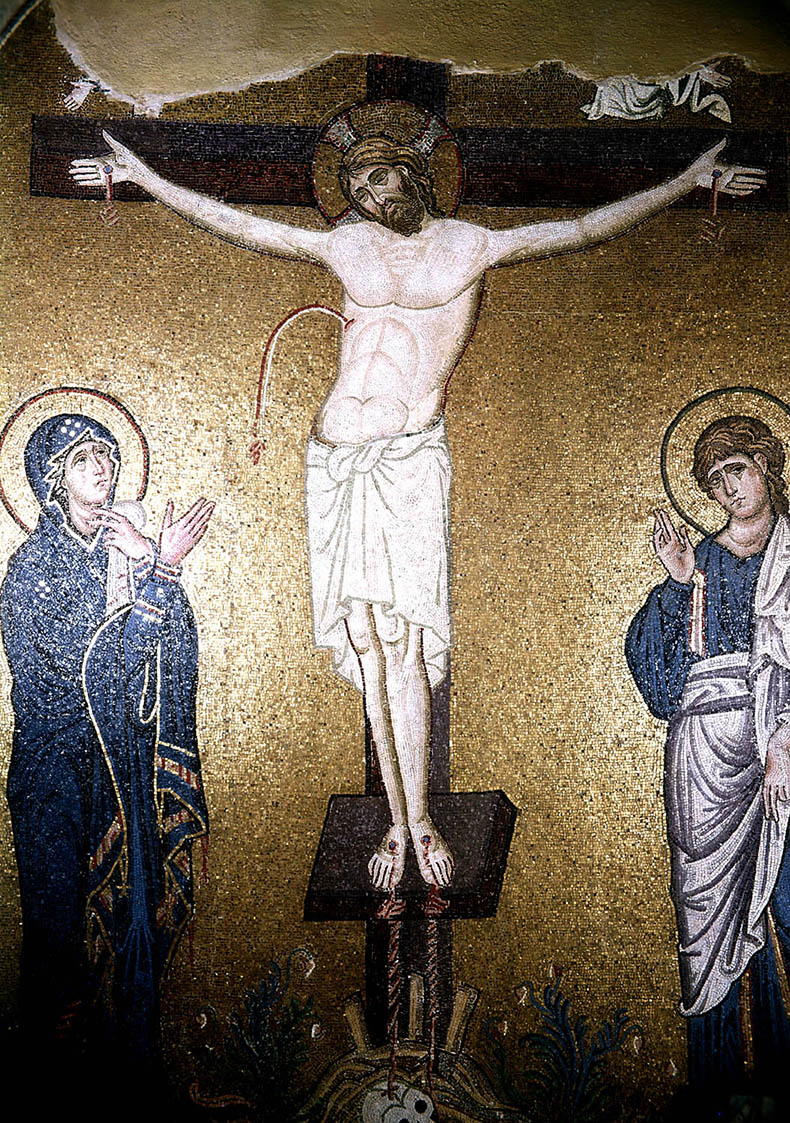
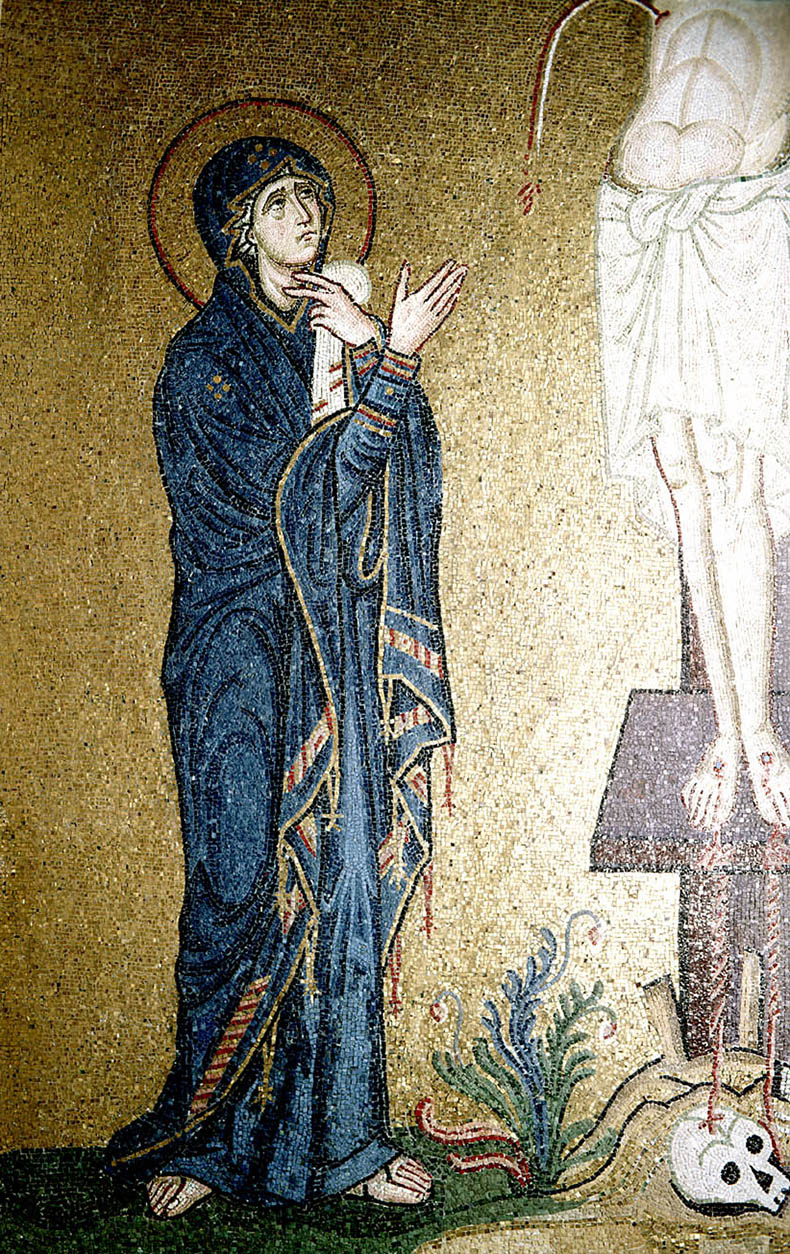
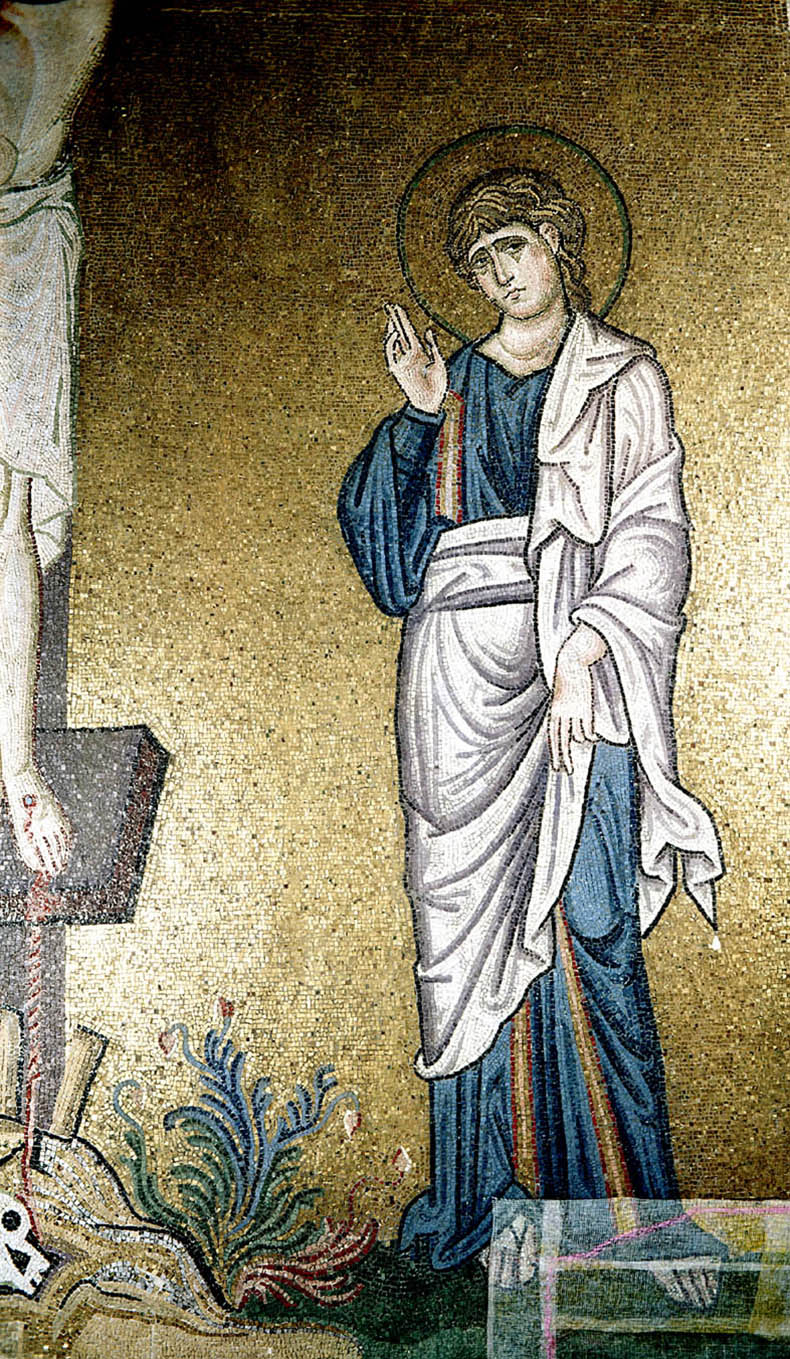
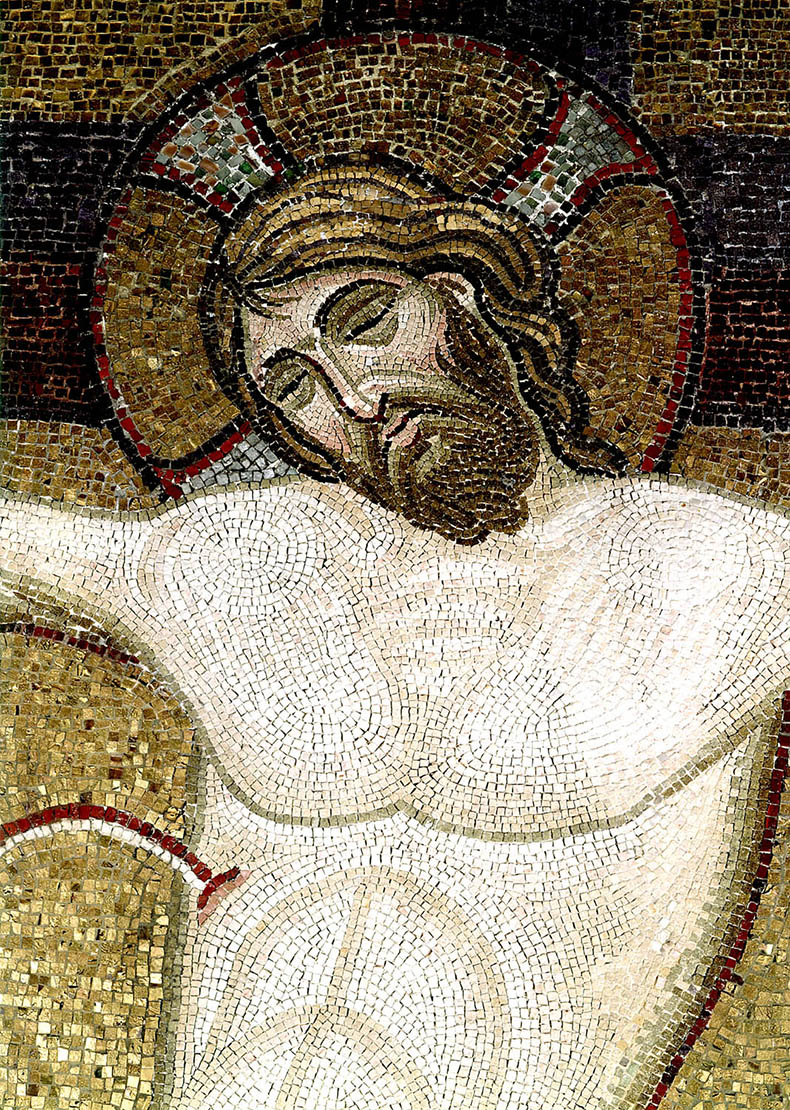
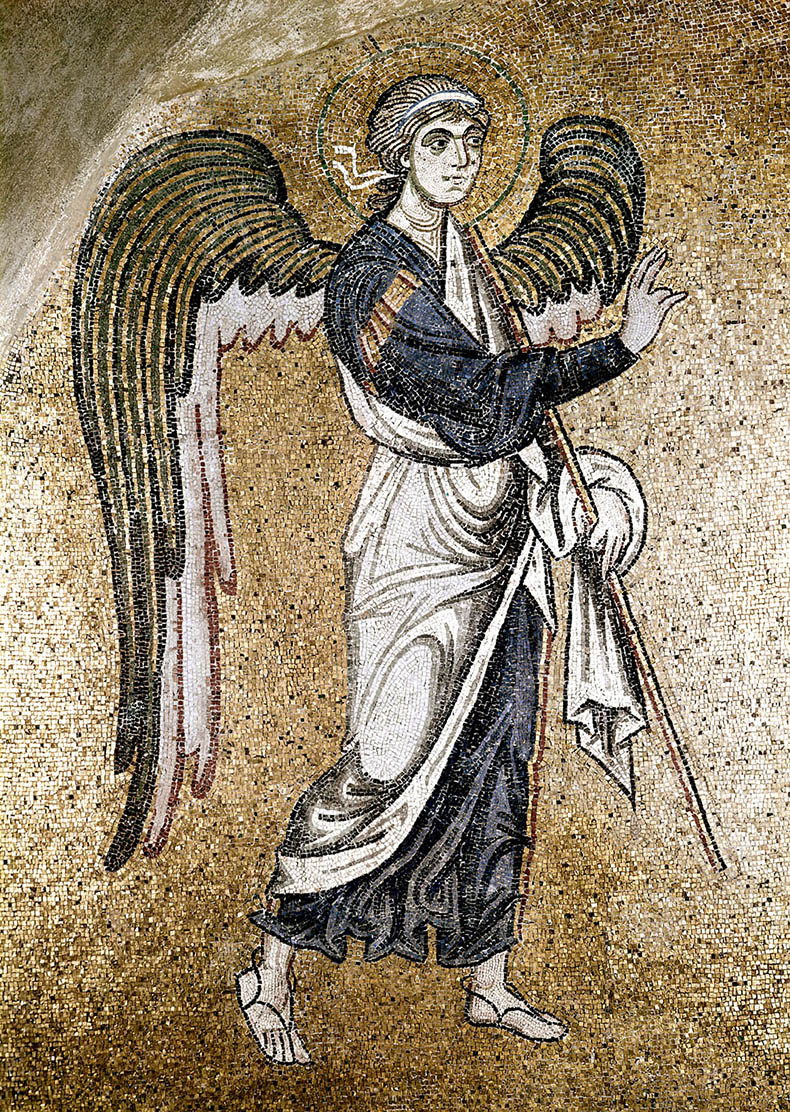
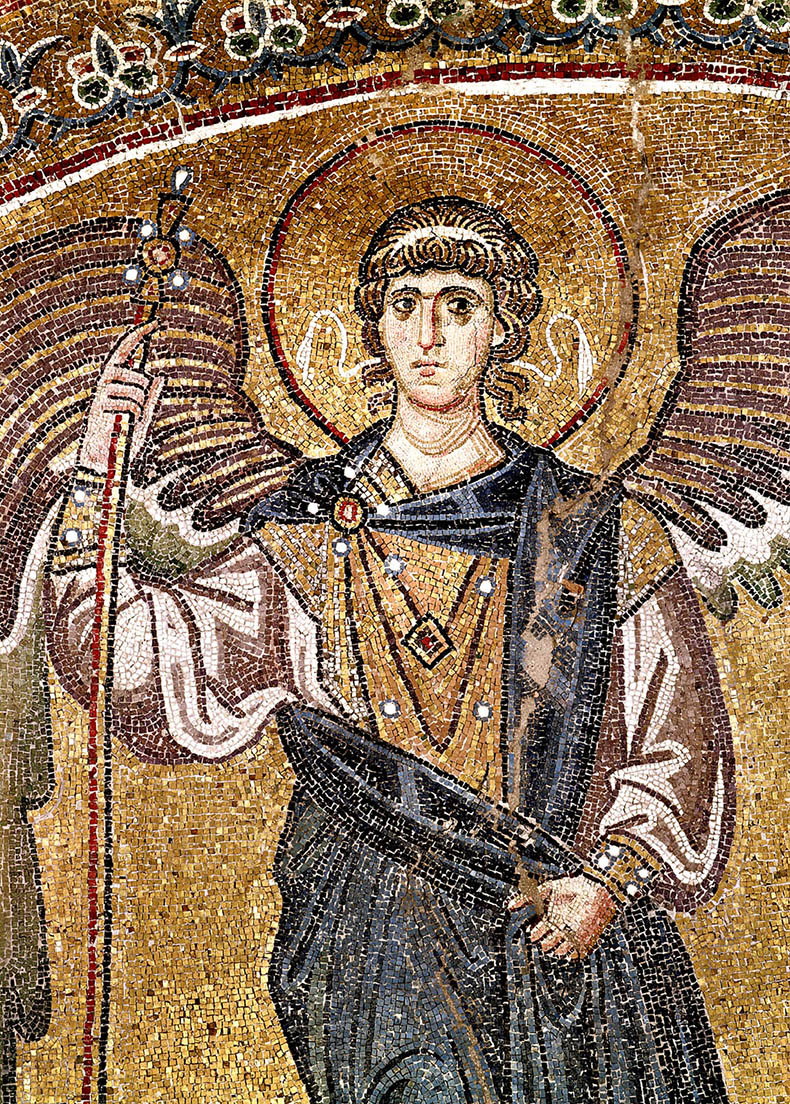
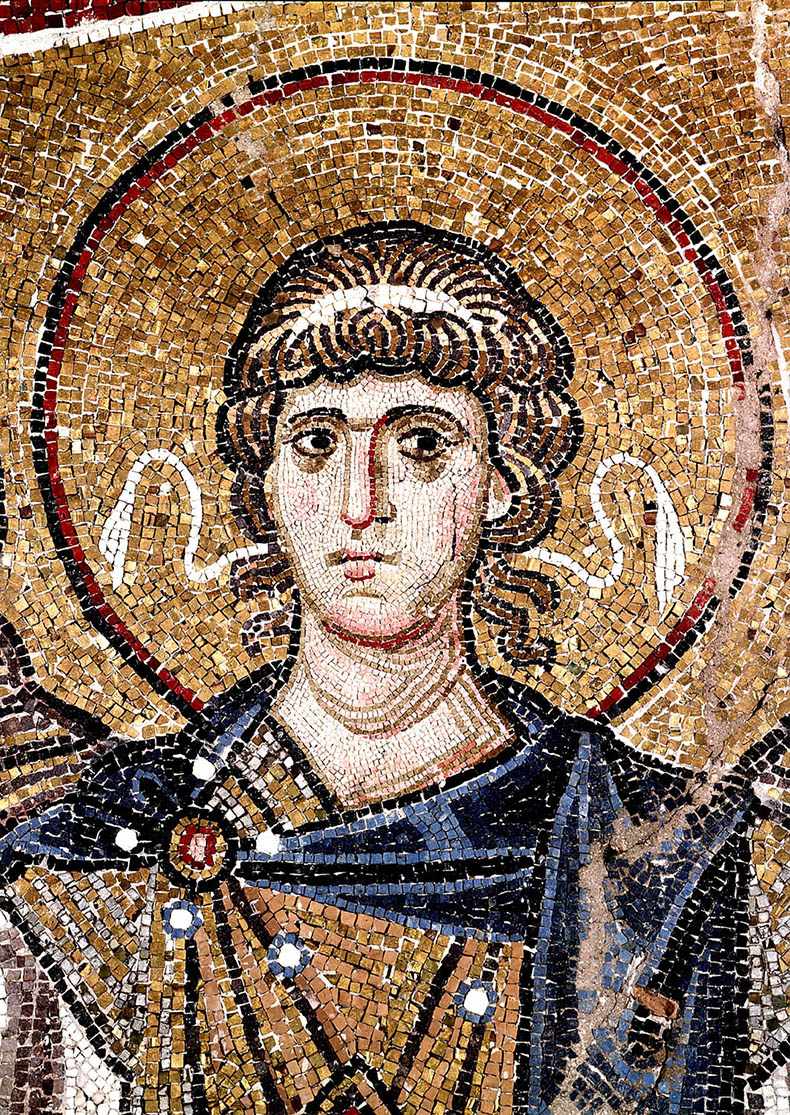
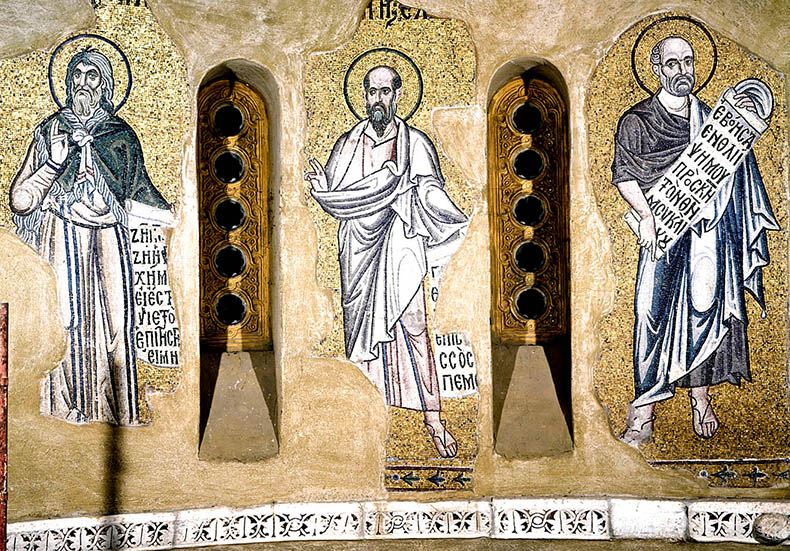
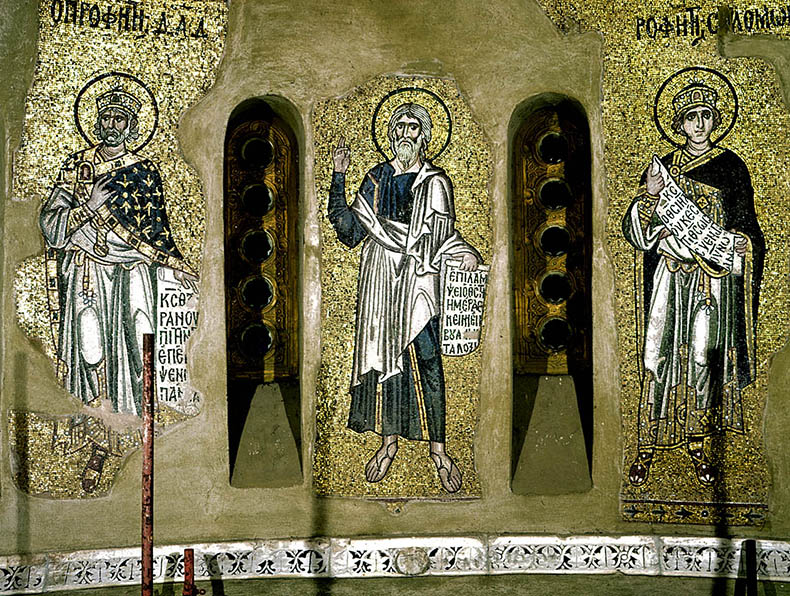
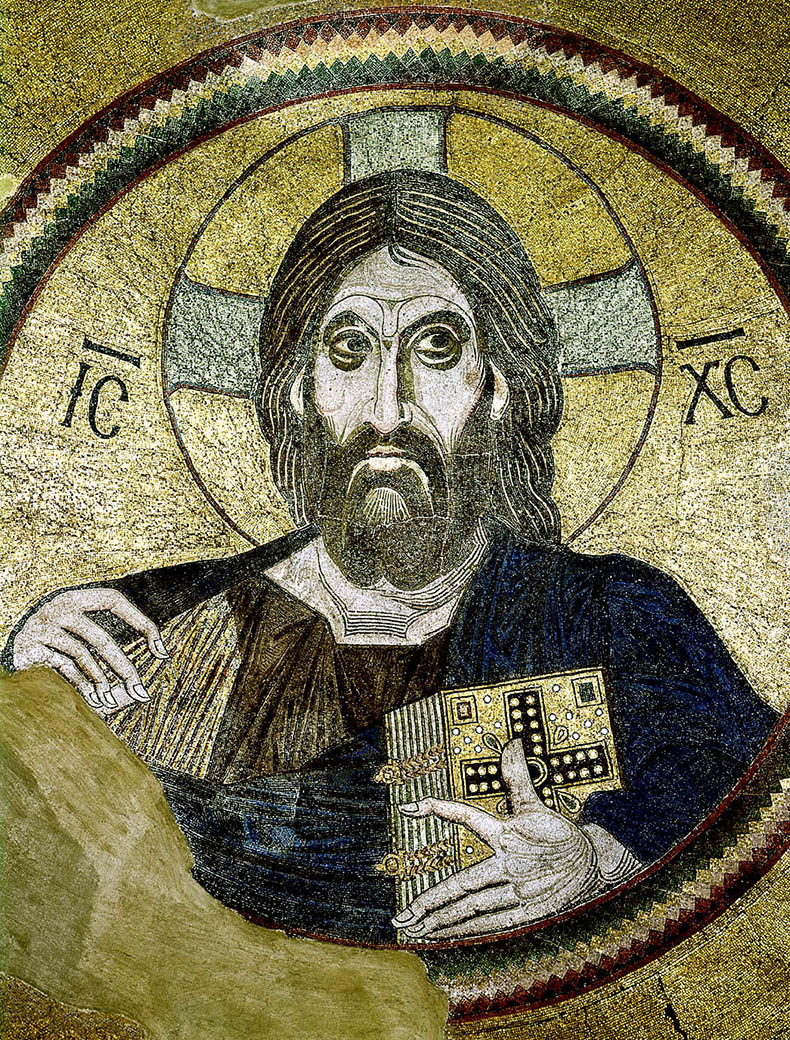




 click here for icons of christ
click here for icons of christ click here for icons of the theotokos
click here for icons of the theotokos click here for icons of angels
click here for icons of angels click here for icons of saints
click here for icons of saints








